We are going to ride the time machine and go back to the first flight in human history. Hopefully in the end of the post you will learn some interesting .
As much as I wanted to but I could not cover all the aircraft in this short episode but I personally hand picked some important ones to share with you as they were the milestones in aviation history.
Most of the information were extracted from Wikipedia. That is the best place to find everything.
50 Years
With just a short span of 50 years, you will soon realised how much technology advanced from our creation. Although the early days this mode of transport is mainly for experimental and also for the rich but nevertheless they lay a solid foundation for the future aircraft development.
Wright Flyer
Zeppelin Z27
DH16
AVRO 504K
DH18
de Havilland DH-18 was designed and built in 1919 specifically for commercial work. The production was bumpy as Aircraft Transport and Travel used it on the Croydon - Paris service and wrecked in a flight after take-off. The DH18A was born after Geoffrey set up the de Havilland Aircraft Company.
DH34
de Havilland DH34 serving with Imperial Airways was build in 1922. It had wooden fuselage and wings. This is the first aircraft fitted with inertia starting to avoid hand swinging of the propellor to start the engine. The aircraft was designed to carry a spare engine and propeller, however this eats up the passenger payload and therefore it carried mainly passengers and sometimes it used to fly in spare engine for Aircraft On Ground (AOG).
Vickers Vulcan
Built by Vickers Limited in Britain in 1922. It can carry 8 passengers and a pilot. Originally based on the Vimy bomber. It featured Rolls-royce Eagle engines. Due to the shape of the fuselage and its flying characteristics - It had a nickname “Flying Pig”
DH54
de Havilland DH-54 (Highclere) was a single-engine 12-passenger bi-plane airliner.
A full span flap were fitted to lower the stall speed. It also had a undercarriage which could be jettisoned in the event of ditching. It was powered by Rolls-royce Condor Water-cooled engine.
DH61


de Havilland DH-61 (Giant Moth) was a large single-engine biplane. The pilot is situated in an open cockpit behind the wings. The first commercial flight was in Adelaide and Broken Hill by MacRoberson Miller Aviation. Subsequently Qantas bought 2 named Apollo and Diana. They were the first Qantas aircraft equipped with toilets.
DH84
de Havilland DH-84 (Dragon) was built after the successful de Havilland Fox Moth. But this plane is fitted with twin-engine. It can carry up to 6 passengers with 20kg of luggage on the London-Paris route.
Boeing 247
The Boeing 247 was the fastest and best performed aircraft at it times and yet it had a docile landing speed. It was the first twin-engined passenger plane which able to fly on one engine. And with the controllable pitch propellers the 247 could maintain 11,500ft at MTOW. It set the benchmark of that time.
DH89
DH89 - de Havilland DH89 (Dragon Rapide) was a twin-engined faster and more comfortable successor to the (Dragon). It shortly became the most successful British-built short-haul commercial passenger aircraft of the 1930s
DC-2
Douglas Aircraft Corporation DC-2 is a very successful commercial aircraft. It was the main competitor against the Boeing 247. It was a all metal aircraft and featured a tapered wing, retractable landing gear. The DC-2 were famous by its comfortable, safe and reliable airframe. And by the way DC is stands for Douglas Commercial.
DC-3
Douglas DC3 was one of the remarkable aircraft in 1935. It had a speed of 333 km/h and range of 1,500 mi. It featured sleeper seats, which could be berth for sleeping. The aircraft were designed by request from American Airlines to compete with United Airlines Boeing 247
Boeing 307
Boeing 307 - Stratoliner was the first commercial aircraft with pressurised cabin which could cruise at 14,700 ft with 8,000 ft of cabin altitude. The capacity had increased to 33 passengers from Boeing 247. And it was the first land-based aircraft to include a flight engineer as a crew member. The Stratoliner featured 4 engines based on the B-17 heavy bomber. The circular fuselage was by designed to accommodate pressurisation. First operated by Pan Am.
DC-4
The DC-4 was built in 1942 with 4 engines, it adopted the tricycle designed and therefore allowed its fuselage to have a constant cross-section for most of its length. Many were developed to fight in the war as C-54 skymaster. Pressurisation of the cabin is an option.
Boeing 377
Stratocruiser was a large long-range airliner developed from C-97 military transport. It featured double deck and a pressurised cabin. It was larger than the DC-6 but its reliability was poor mainly due to the 4 P&W engines. Pan AM was the first customer flying between San Francisco to Honolulu in April 1949.
Lockheed L-1049G
Super Constellation (L-1049G), it was a fast civil airliner, with top speed at 600 km/h and cruise speed of 550 km/h.
DC-6
DC-6 - Douglas DC-6 was built originally for military use. After war, it was re-designed to compete with Lockheed Constellation in the long-haul commercial aircraft. A series of in-flight fires caused by fuel vent grounded the DC-6 in 1947 until it was modified.
DC-7
Douglas DC-7 was the last major piston-engine powered transport made by Douglas. During this stage, other manufacturer is looking at Jet powered aircraft. It was designed for American Airlines to fly the US Coast to coast non-stop within 8 hours. The 8 hours requirement was due to the latest crew flight time requirement. It depicted the crew could only fly for 8 hours within every 24 hours block.
Conclusion
As time goes by, Jetliner was a better choice for both operators and passengers, because they offer more comfort, faster speed and longer range. And nowadays propeller still widely use for mainly small and unprepared runway and they are using the jet power engine - The Turbo Prop.
In the next post, we will look into the Jetliner's history.
Cheers!
Attribute: Special thanks to Wikipedia for providing most of the information and photos.
As much as I wanted to but I could not cover all the aircraft in this short episode but I personally hand picked some important ones to share with you as they were the milestones in aviation history.
Most of the information were extracted from Wikipedia. That is the best place to find everything.
50 Years
With just a short span of 50 years, you will soon realised how much technology advanced from our creation. Although the early days this mode of transport is mainly for experimental and also for the rich but nevertheless they lay a solid foundation for the future aircraft development.
Wright Flyer
Of-course this is not a commercial aircraft but this is an important milestone for aviation. On 17 Dec 1903 near Kill Devil Hills, they had successfully flown it four times. But a gust of wind took the flyer and destroyed it beyond repair. Current the flyer is displayed in National Air and Space Museum in Washington D.C.
Zeppelin Z27
DELAG - in translation is German Airship Travel Corporation. It was the world’s first airline to use an aircraft in revenue service according to wikipedia. It is filled up with hydrogen. But due to the poor performance of the speed (51 km/h) it was only offer as sight-seeing tour.
DH16
Airco de Havilland 16 was built by British and It was a 4 seater commercial biplane of the 1920s. The first flight done by this aircraft was a London to Paris service in 1919.
AVRO 504K
It was first built for World War I, after the war it was converted to work as commercial aircraft. Over 10,000 units were built from 1913 to the production ended in 1932. Qantas first aircraft was an Avro 504K (Currently displayed at Sydney Airport)
DH18
de Havilland DH-18 was designed and built in 1919 specifically for commercial work. The production was bumpy as Aircraft Transport and Travel used it on the Croydon - Paris service and wrecked in a flight after take-off. The DH18A was born after Geoffrey set up the de Havilland Aircraft Company.
DH34
Vickers Vulcan
Built by Vickers Limited in Britain in 1922. It can carry 8 passengers and a pilot. Originally based on the Vimy bomber. It featured Rolls-royce Eagle engines. Due to the shape of the fuselage and its flying characteristics - It had a nickname “Flying Pig”
DH54
de Havilland DH-54 (Highclere) was a single-engine 12-passenger bi-plane airliner.
A full span flap were fitted to lower the stall speed. It also had a undercarriage which could be jettisoned in the event of ditching. It was powered by Rolls-royce Condor Water-cooled engine.
DH61


de Havilland DH-61 (Giant Moth) was a large single-engine biplane. The pilot is situated in an open cockpit behind the wings. The first commercial flight was in Adelaide and Broken Hill by MacRoberson Miller Aviation. Subsequently Qantas bought 2 named Apollo and Diana. They were the first Qantas aircraft equipped with toilets.
DH84
de Havilland DH-84 (Dragon) was built after the successful de Havilland Fox Moth. But this plane is fitted with twin-engine. It can carry up to 6 passengers with 20kg of luggage on the London-Paris route.
Boeing 247
The Boeing 247 was the fastest and best performed aircraft at it times and yet it had a docile landing speed. It was the first twin-engined passenger plane which able to fly on one engine. And with the controllable pitch propellers the 247 could maintain 11,500ft at MTOW. It set the benchmark of that time.
DH89
DH89 - de Havilland DH89 (Dragon Rapide) was a twin-engined faster and more comfortable successor to the (Dragon). It shortly became the most successful British-built short-haul commercial passenger aircraft of the 1930s
DC-2
Douglas Aircraft Corporation DC-2 is a very successful commercial aircraft. It was the main competitor against the Boeing 247. It was a all metal aircraft and featured a tapered wing, retractable landing gear. The DC-2 were famous by its comfortable, safe and reliable airframe. And by the way DC is stands for Douglas Commercial.
DC-3
Douglas DC3 was one of the remarkable aircraft in 1935. It had a speed of 333 km/h and range of 1,500 mi. It featured sleeper seats, which could be berth for sleeping. The aircraft were designed by request from American Airlines to compete with United Airlines Boeing 247
Boeing 307
Boeing 307 - Stratoliner was the first commercial aircraft with pressurised cabin which could cruise at 14,700 ft with 8,000 ft of cabin altitude. The capacity had increased to 33 passengers from Boeing 247. And it was the first land-based aircraft to include a flight engineer as a crew member. The Stratoliner featured 4 engines based on the B-17 heavy bomber. The circular fuselage was by designed to accommodate pressurisation. First operated by Pan Am.
DC-4
The DC-4 was built in 1942 with 4 engines, it adopted the tricycle designed and therefore allowed its fuselage to have a constant cross-section for most of its length. Many were developed to fight in the war as C-54 skymaster. Pressurisation of the cabin is an option.
Boeing 377
Stratocruiser was a large long-range airliner developed from C-97 military transport. It featured double deck and a pressurised cabin. It was larger than the DC-6 but its reliability was poor mainly due to the 4 P&W engines. Pan AM was the first customer flying between San Francisco to Honolulu in April 1949.
Lockheed L-1049G
Super Constellation (L-1049G), it was a fast civil airliner, with top speed at 600 km/h and cruise speed of 550 km/h.
DC-6
DC-6 - Douglas DC-6 was built originally for military use. After war, it was re-designed to compete with Lockheed Constellation in the long-haul commercial aircraft. A series of in-flight fires caused by fuel vent grounded the DC-6 in 1947 until it was modified.
DC-7
Douglas DC-7 was the last major piston-engine powered transport made by Douglas. During this stage, other manufacturer is looking at Jet powered aircraft. It was designed for American Airlines to fly the US Coast to coast non-stop within 8 hours. The 8 hours requirement was due to the latest crew flight time requirement. It depicted the crew could only fly for 8 hours within every 24 hours block.
Conclusion
As time goes by, Jetliner was a better choice for both operators and passengers, because they offer more comfort, faster speed and longer range. And nowadays propeller still widely use for mainly small and unprepared runway and they are using the jet power engine - The Turbo Prop.
In the next post, we will look into the Jetliner's history.
Cheers!
Attribute: Special thanks to Wikipedia for providing most of the information and photos.
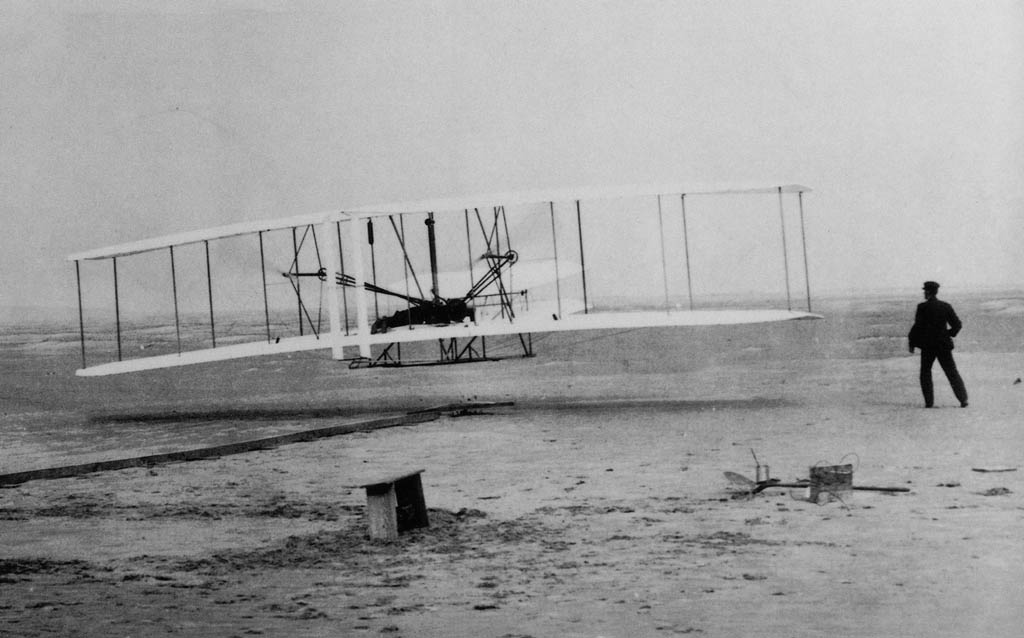

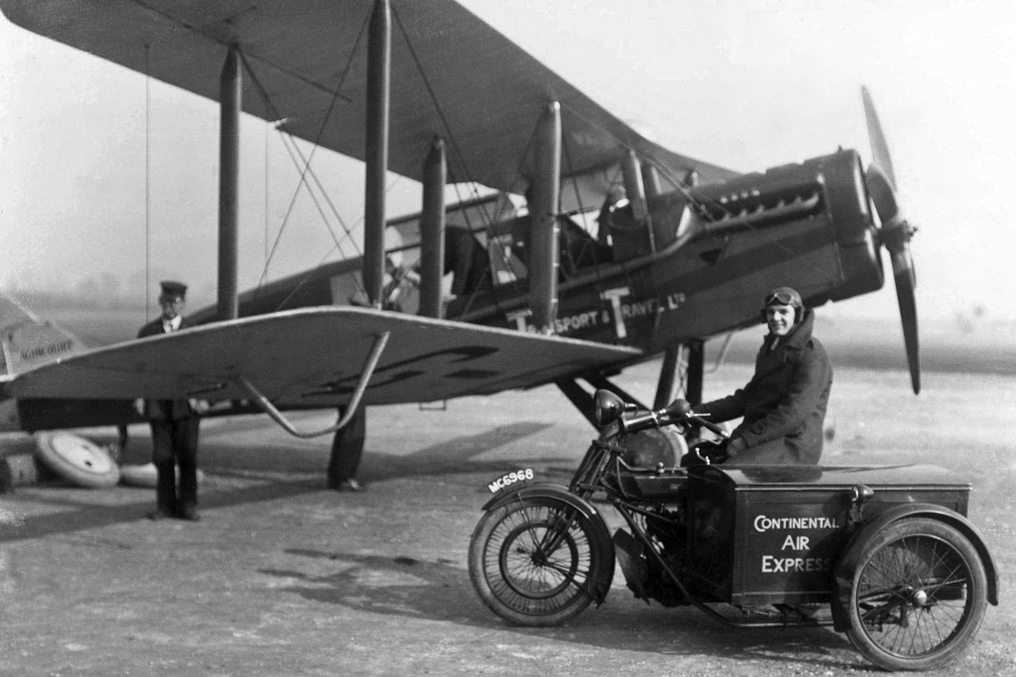


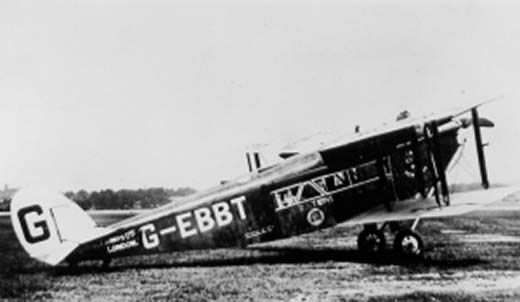




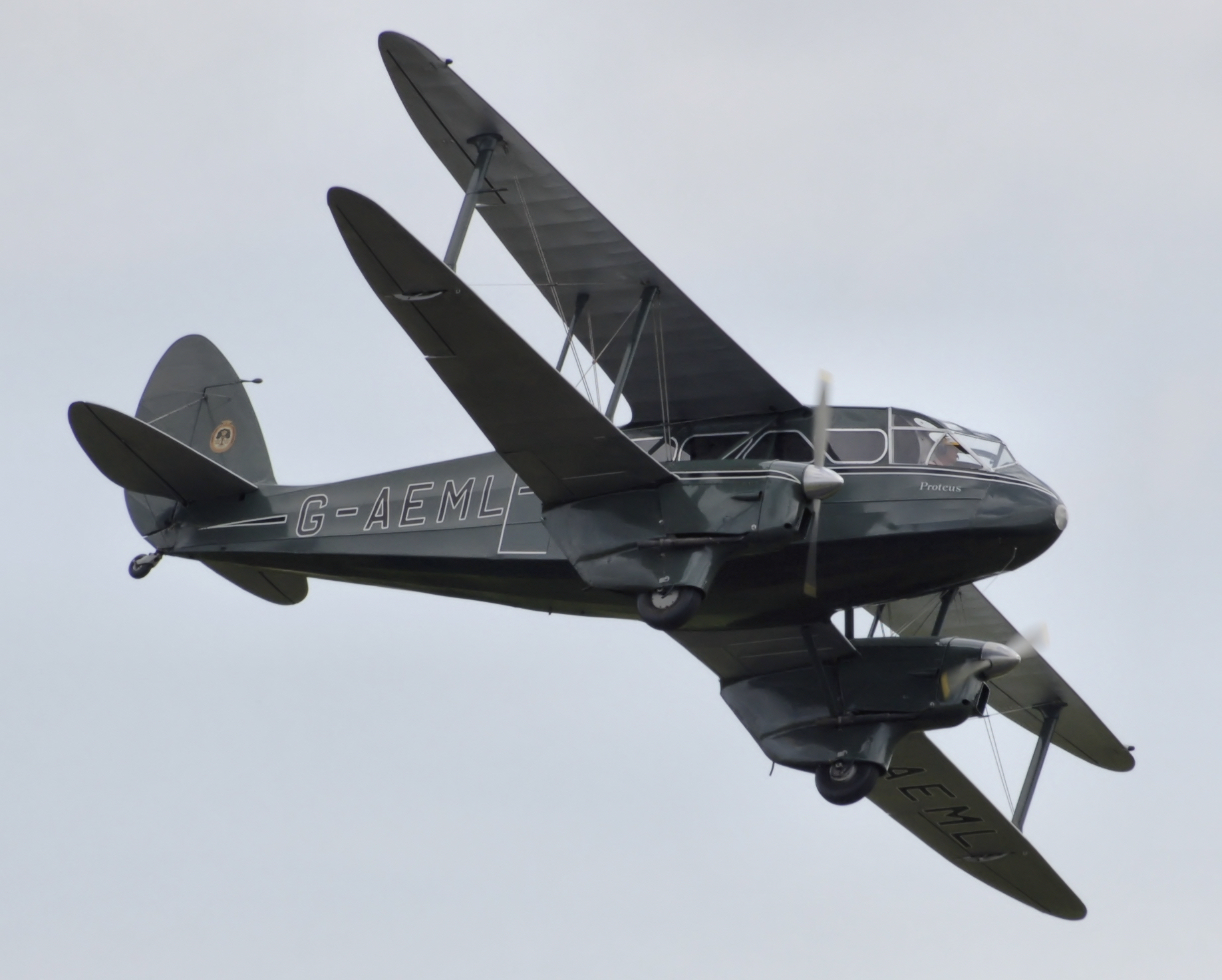

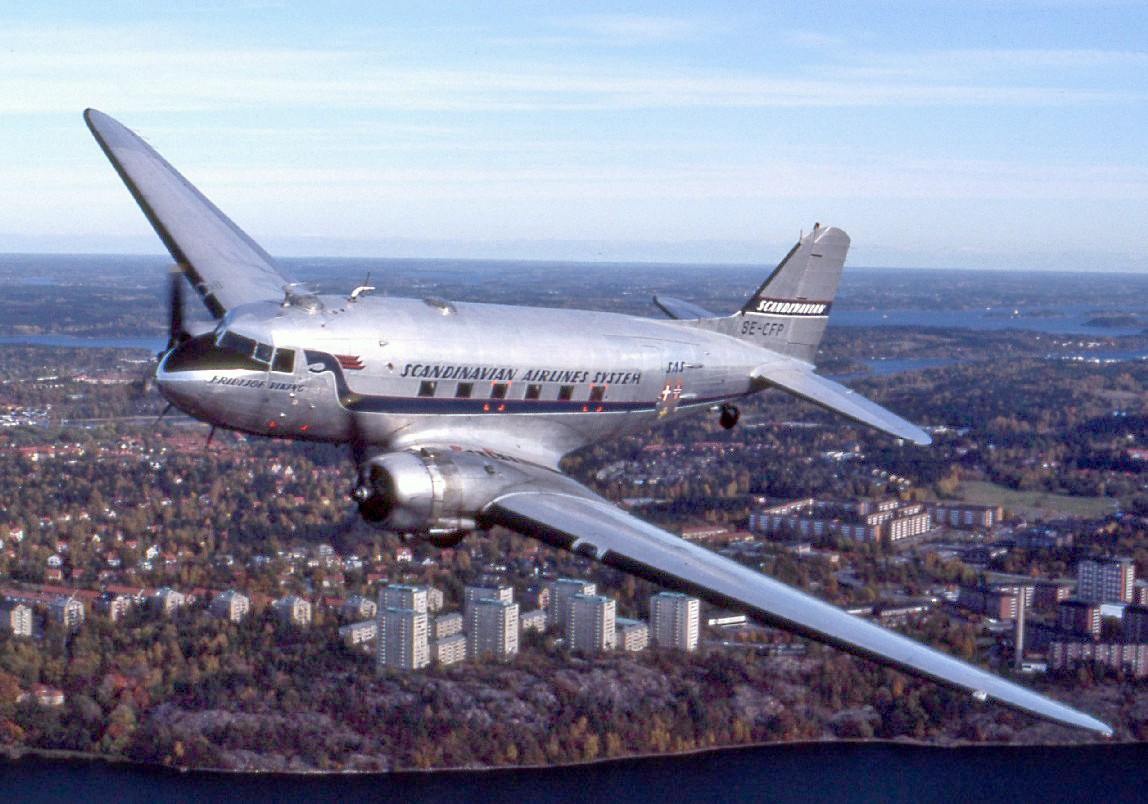


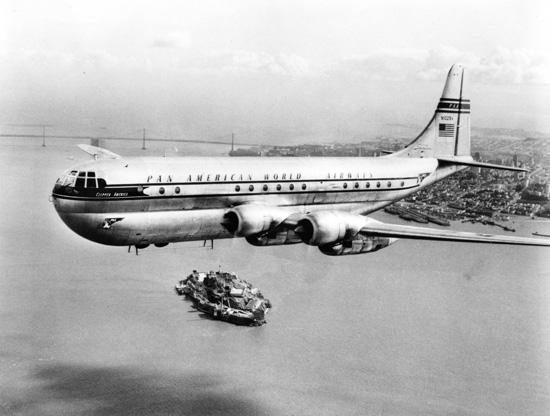



No comments:
Post a Comment